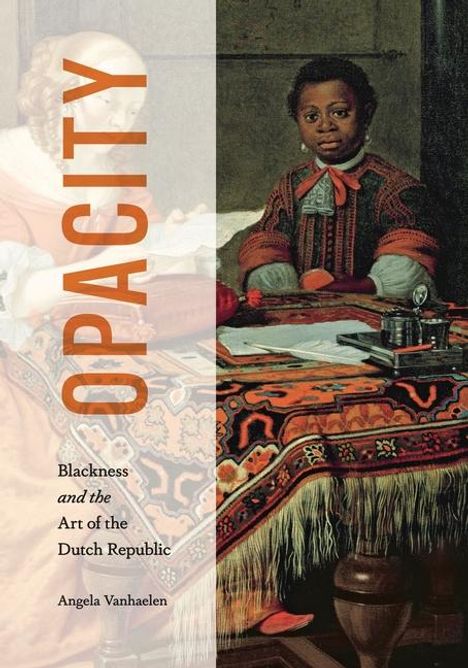Angela Vanhaelen: Opacity, Gebunden
Opacity
Buch
- Blackness and the Art of the Dutch Republic
Lieferzeit beträgt mind. 4 Wochen
(soweit verfügbar beim Lieferanten)
(soweit verfügbar beim Lieferanten)
Aktueller Preis: EUR 108,88
Verlängerter Rückgabezeitraum bis 31. Januar 2026
Alle zur Rückgabe berechtigten Produkte, die zwischen dem 1. bis 31. Dezember 2025 gekauft wurden, können bis zum 31. Januar 2026 zurückgegeben werden.
Versandkosten
(United States of America): EUR 19,90
- Verlag:
- Pennsylvania State University Press, 10/2025
- Einband:
- Gebunden
- Sprache:
- Englisch
- ISBN-13:
- 9780271099965
- Artikelnummer:
- 12265719
- Umfang:
- 204 Seiten
- Gewicht:
- 188 g
- Maße:
- 254 x 178 mm
- Stärke:
- 20 mm
- Erscheinungstermin:
- 28.10.2025
- Hinweis
-
Achtung: Artikel ist nicht in deutscher Sprache!
Klappentext
"Examines seventeenth-century Dutch domestic scenes and portraits alongside images of trading forts, markets, and plantations in West Africa and Brazil. Explores connections between Dutch artistic practices and the transatlantic slavery economy, proposing visual approaches that challenge the equation of Blackness with enslavement"--

Angela Vanhaelen
Opacity
Aktueller Preis: EUR 108,88

